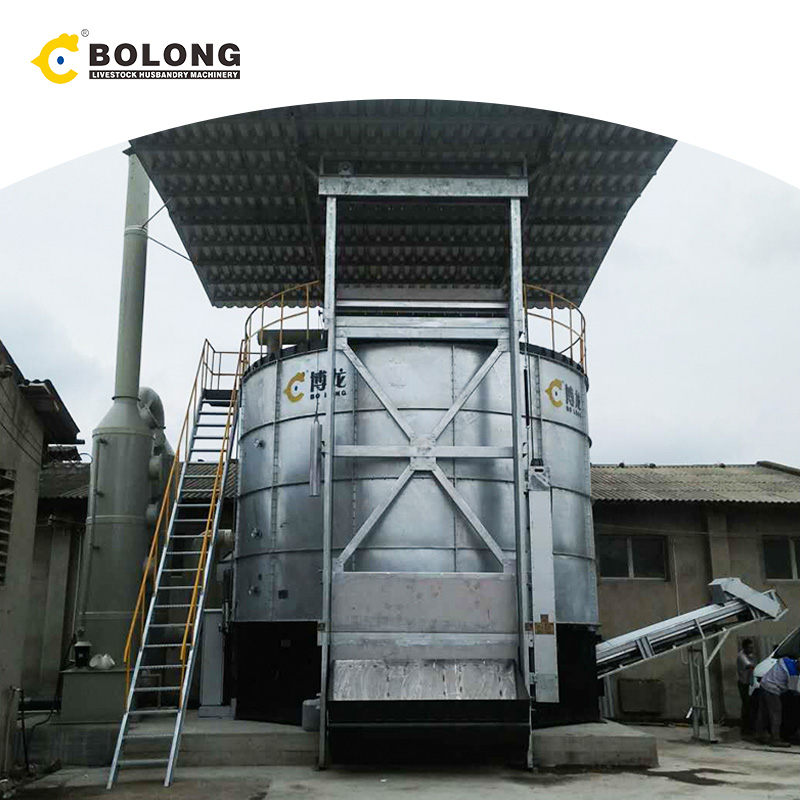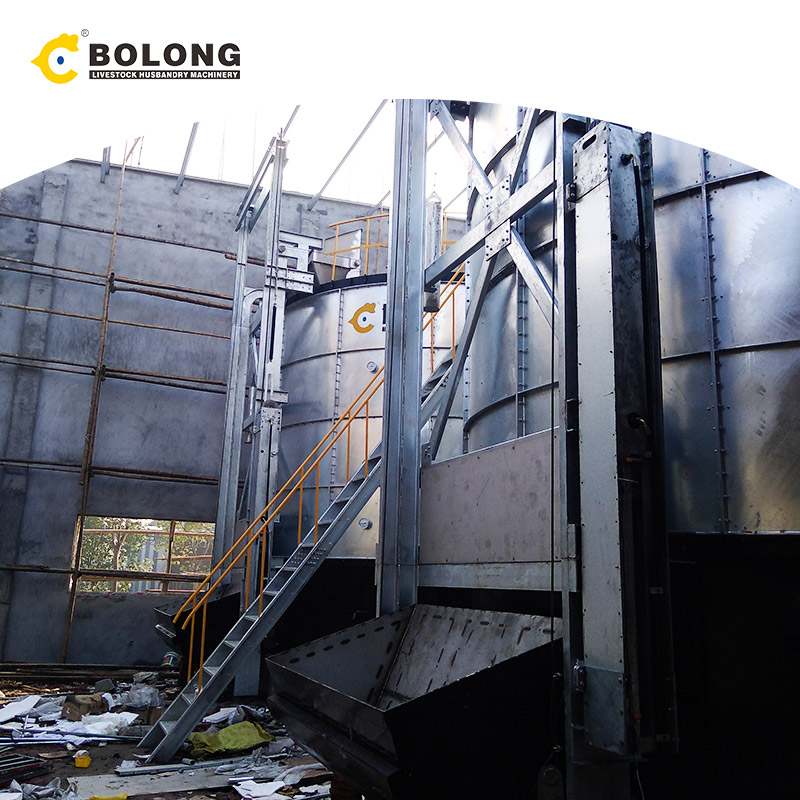The global annual output of livestock and poultry manure is huge, estimated to reach 3.8 billion tons every year. This data reflects that the rapid development of animal husbandry has led to the production of a large amount of livestock and poultry manure, which not only has an impact on the environment, but also presents the possibility of livestock and poultry manure as a potential resource.
Globally, as livestock productivity increases, the amount of livestock manure has also increased significantly. Taking 1990 to 2018 as an example, global livestock and poultry meat production has almost doubled, especially chicken meat production has grown most significantly. This growing trend is directly reflected in the increase in livestock and poultry manure.
Although the increase in livestock and poultry manure poses an environmental challenge, its potential for utilization as a resource is equally huge. In China, livestock and poultry manure is mainly used as a resource by converting it into fertilizer, energy and feed. In 2015, the amount of manure produced by my country’s large-scale livestock and poultry breeding reached 383.4 million tons. Through proper treatment and resource utilization, these possible pollutants can be converted into organic fertilizers in agricultural production, reducing the damage caused to the land by the excessive use of chemical fertilizers.
Therefore, we can see that the increase in global livestock and poultry manure production has not only brought about environmental pollution challenges, but also created opportunities for resource utilization. The reasonable evaluation and utilization of livestock and poultry manure has far-reaching significance for environmental protection and sustainable development of agriculture.

Collect fresh feces
Make a fermentation pile
Adjust the water to carbon-nitrogen ratio
Ensure oxygen supply
Control temperature and fermentation time
Steps such as turning the pile of mixture regularly
1.Fresh livestock and poultry manure needs to be collected from the farm or livestock farm. It is necessary to ensure that the manure comes from healthy livestock and try to avoid mixing with impurities such as grass. Choose a flat and well-ventilated place to build the fermentation pile. Usually, a stacking method with a suitable length-to-width ratio is used. It is recommended that the height be maintained between 1 and 2 meters.
2.The moisture content of animal manure is adjusted to about 50%-60%, which helps ensure that microorganisms can move normally and are not inhibited by the environment. In order to further promote the fermentation process, you can add an appropriate amount of carbon source, such as straw, hay or sawdust, to optimize the carbon-nitrogen ratio of the material.
Furthermore, because the fermentation process requires sufficient oxygen, it is necessary to regularly turn and properly ventilate the fermentation pile. This can not only ensure an adequate supply of oxygen, but also contribute to the decomposition of beneficial substances and the fermentation process. At the same time, keeping the fermentation temperature within a suitable range (generally 50-70 degrees Celsius) can speed up the fermentation process.
3.Regular turning of the mixture pile can promote the even penetration of oxygen into the interior of the pile, helping the fermentation process to proceed evenly. Flipping can also effectively prevent the occurrence of odor and speed up fermentation. The entire fermentation cycle generally takes several weeks to several months. As fermentation is completed, the organic fertilizer will be converted into a dark, well-decomposed form, thus possessing properties that improve soil fertility.

However, traditional methods may be suitable for processing smaller quantities of livestock and poultry waste, but they are often time-consuming, require more labor, and may produce unpleasant odors during processing. Therefore, for larger-scale farms or farms, it is recommended to use professional compost tanks to handle livestock and poultry manure. And Bolong will be a good choice.
There are multiple advantages to using manure fermentation tanks to process livestock and poultry waste. It can not only effectively control harmful substances such as ammonia and pathogenic microorganisms in waste, reduce pollution of water sources and air, but also convert organic waste into fertilizer, promote the recycling and reuse of resources, and reduce the use of chemical fertilizers in agricultural production. rely. During the fermentation process, the high-temperature environment can kill most harmful bacteria and insect eggs, while improving the quality and stability of the fertilizer, making it more suitable for agricultural purposes. In addition, untreated livestock and poultry waste may become a vector for disease transmission, and the use of fermentation tanks can effectively prevent this and protect the health of humans and animals. Organic fertilizers processed in fermentation tanks have a high market value, which not only brings higher economic benefits to farmers, but also reduces environmental pressure and potential pollution liability risks.
To sum up, for larger farms, using professional manure fermentation tanks to process livestock and poultry waste is undoubtedly an environmentally friendly, economical and efficient choice.